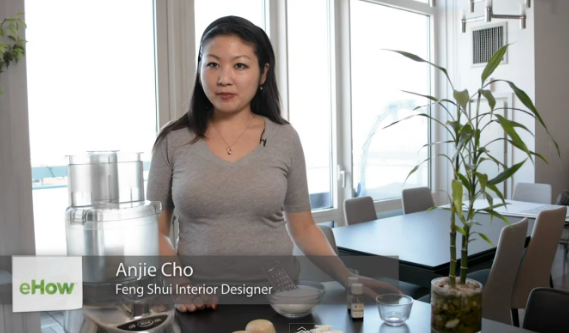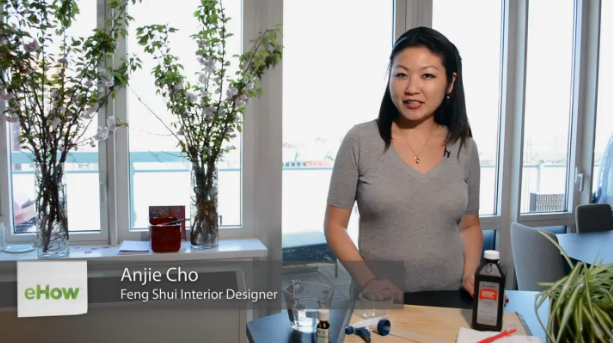Learn how to recycle leftover bits of soap into new, original bars using a food processor
see more eHow.com videos here
Video Transcript:
I'm Anjie Cho, and this is how to use a food processor for leftover soap pieces.
I love using bar soap, especially super nice, natural soap. Bar soap is more eco-friendly because you can use less of it and it lasts longer. And you don't have the disposable containers. But you do end up with those leftover soap pieces. I'll show you how to recycle your leftover soap pieces using a food processor.
First, you need a processor, some leftover soap pieces, a saucepan, some oil and a soap molder of some sort. First, grease your soap mold, mine is a glass bowl. You can also use a fancy soap mold or a paper cup.
Second, place all your leftover soap pieces in a food processor and pulse until you have grated soap pieces. Place these in your pan over low heat with just enough water to cover. Here's where you can get creative and use milk, tea, coffee, water, it's up to you.
Milk can give a creamier, moisturizing soap. Different herbal teas can add the benefits of the herbs. Such as peppermint, which is tingly and invigorating. Coffee and caffeinated teas can help wake you up and make your skin firmer. And then, there's water for the purists.
Once you have a smooth texture, take your mixture and let it cool a bit. After it's cooled to the touch, at this point you can add other things such oatmeal, coffee grounds. etc. And you can add some scrubbing power. Or you could just add some essential oils.
Pour it into your mold and cover it with plastic wrap. You can leave it out or put it in the fridge. When it's set after a few hours, you can take it out and let it cure, meaning dry and harden for at least a week. Maybe longer if you used a lot of liquid.
This is a great way to use leftover soap pieces and make a special bar that's all your own.






